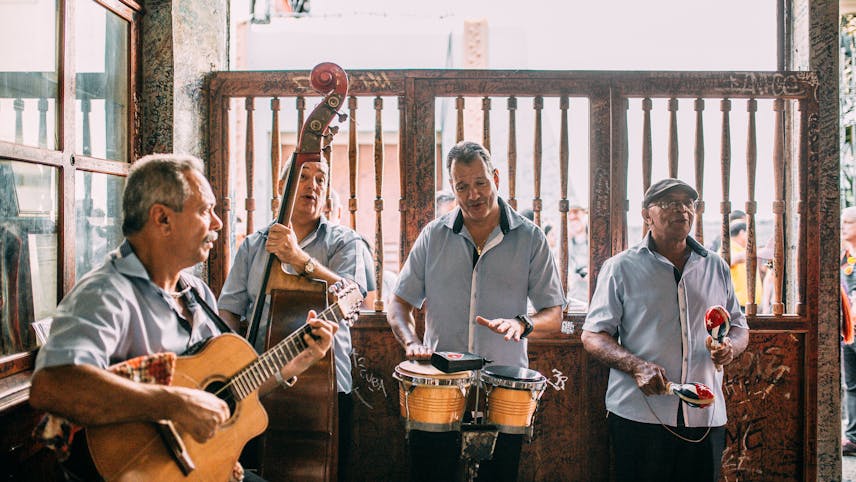When delving into the beats that define LOFI music, drums emerge as an essential element that shapes the genre’s unique sound. This distinctive style, known for its laid-back and mellow vibe, relies heavily on the rhythmic patterns and textures of its percussion.
Understanding the Role of Drums in LOFI
The drums in LOFI music are not just about keeping time; they are a canvas for creativity. Producers often seek out vintage drum sounds or machines, such as the Roland TR-808 or the Akai MPC, to achieve the characteristic ‘dusty’ and ‘crunchy’ sound. These instruments, when combined with techniques like off-beat sequencing and lo-fi processing, create the genre’s signature sonic warmth.
The Art of Sampling in LOFI Drum Production
Sampling is a cornerstone of LOFI music production, particularly when it comes to drums. Beatmakers will frequently dig through old records to find unique drum breaks, which they then slice and manipulate to fit their tracks. This practice not only pays homage to the origins of hip hop but also lends an organic feel to the music—imperfections and all.
The Importance of Groove and Swing
Another critical aspect of drums for LOFI is the groove. The swing setting on drum machines or in digital audio workstations (DAWs) can be adjusted to give the beat an off-kilter, human-like quality. This subtle timing shift is what makes the rhythm ‘swing’ and is central to achieving the relaxed, head-nodding effect that LOFI music is known for.
Layering and Texturing
Layering different drum sounds is an effective way to add depth to the percussion. For instance, a producer might layer a snappy snare drum with a softer, more resonant one to create a sound with more body. Texturing, achieved through techniques like bit-crushing or vinyl emulation, further enhances the atmospheric quality of the drums.
Tuning Your Drums to the Track
Tuning drum samples to match the key of other elements in the track can make a significant difference in the cohesiveness of a LOFI beat. While not always necessary, it can help the drums feel integrated with the melodic components, reinforcing the overall vibe of the piece.
DIY Drum Recording for LOFI Beats
For those who prefer a hands-on approach, recording your own drum samples is a fantastic way to inject personality into your LOFI beats. Whether it’s tapping on a desk, shaking a jar of rice, or recording the sound of raindrops, these organic sounds can be processed and looped to create a one-of-a-kind drum kit.
Choosing the Right Tempo
LOFI music typically sits in a slower tempo range, often between 60 and 90 beats per minute (BPM). This tempo allows the drums to breathe, giving each hit its own space and contributing to the relaxed atmosphere of the track.
Mixing and Mastering LOFI Drums
The final step in crafting your LOFI drums is the mixing and mastering process. Here, attention to detail is paramount as levels, equalization, and effects like reverb or delay are finely adjusted to ensure the drums sit perfectly within the mix. The goal is to achieve a balance where the drums are felt as much as they are heard, without overpowering the other elements of the song.
Ultimately, the drums for LOFI music are about more than just rhythm; they’re about capturing a mood and transporting the listener to a space of relaxation and nostalgia. With the right approach, drums can provide the heartbeat of a LOFI track, setting the stage for a sonic experience that’s as immersive as it is chill.



